Nvidia has an affinity for taking on computational challenges. Whether it be diagnostic tools derived from medical imaging, mapping the earth’s core or defining the structure of HIV, Nvidia is there with GPU computational resources to amp up the teraflops and shrink the computing time. In fact, according to Nvidia’s most recent… Read More
FlexE at SoC IP Days with Open Silicon
On Thursday April 5th the Design and Reuse SoC IP days continues in Santa Clara at the Hyatt Regency (my favorite hangout). SemiWiki is a co-sponsor and I am Chairman of the IP Security Track. More than 400 people have registered thus far and I expect a big turnout, if you look at the program you will see why. You should also know that registration… Read More
Uber’s Epic Fail Changes Everything
This morning at Nvidia’s AI and Deep Learning Conference, GTC 2018, CEO Jen-Hsun Huang will give a keynote in which he will tout the company’s extraordinary progress in fostering and advancing the cause of artificial intelligence and deep learning along with the correlated autonomous driving industry. Hundreds… Read More
Vertical Prototyping with Intel FPGAs
It has been an article of faith in the design tools business that there’s little to be gained from targeting market verticals because as far as tools are concerned, all verticals have the same needs. Which is good in some respects; you maximize the breadth of the market to which tooling can appeal. But in so doing the depth of contribution… Read More
Uber’s Monkey in the Wrench
The news of a pedestrian fatality in Tempe, Ariz., resulting from the operation of an Uber autonomous vehicle has set off alarm bells throughout the AV development community. As always in such circumstances there will be a simultaneous rush to judgement and the immediate termination of all such testing, as well as a call for calm… Read More
Webinar: Achieve High-performance and High-throughput with Intel based FPGA Prototyping
FPGAs have been used for ASIC prototyping since the beginning of FPGAs (1980s) allowing hardware and software designers to work in harmony developing, testing, and optimizing their products. We covered the history of FPGAs in Chapter 3 of our book “Fabless: The Transformation of the Semiconductor Industry”, which includes … Read More
Self-Driving Car Catch-22 and the Road to 5G
In the novel “Catch-22” from which the eponymous 1970 movie was made we learn of a fictional bureaucratic means by which the U.S. Air Force was able to keep bomber pilots (who might be going crazy) from successfully requesting a release from flying missions based on a medical evaluation. The rationale behind this supposed “catch”… Read More
Machine Learning Neural Nets and the On-Chip Network
Machine learning (ML), and neural nets (NNs) as a subset of ML, are blossoming in all sorts of applications, not just in the cloud but now even more at the edge. We can now find them in our phones, in our cars, even in IoT applications. We have all seen applications for intelligent vision (e.g. pedestrian detection) and voice recognition… Read More
New Architectures for Automotive Intelligence
My first car was a used 1971 Volvo 142 and probably did not contain more than a handful of transistors. I used to joke that it could easily survive the EMP from a nuclear explosion. Now, of course, cars contain dozens or more processors, DSP’s and other chips containing millions of transistors. It’s widely expected that the number … Read More
What Car Will You Drive Tomorrow?
Today more than ever where you live may well determine what kind of car you drive. Federal governments and, lately, cities are stepping forward to determine what kinds of cars are available to consumers and how they will be built.
The latest such initiatives are efforts by the Trump Administration in the U.S. to explore lowering … Read More


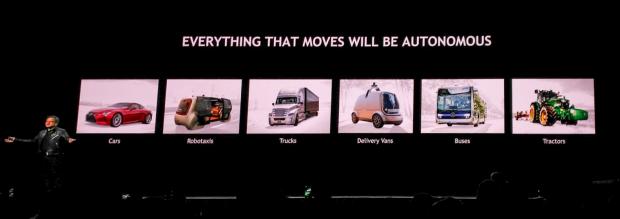

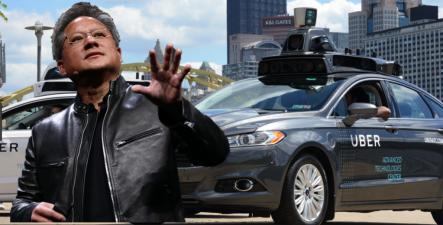




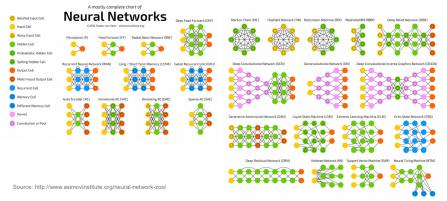
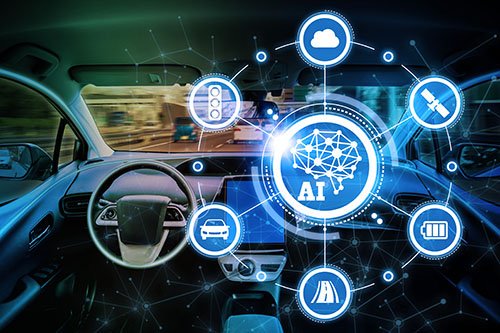
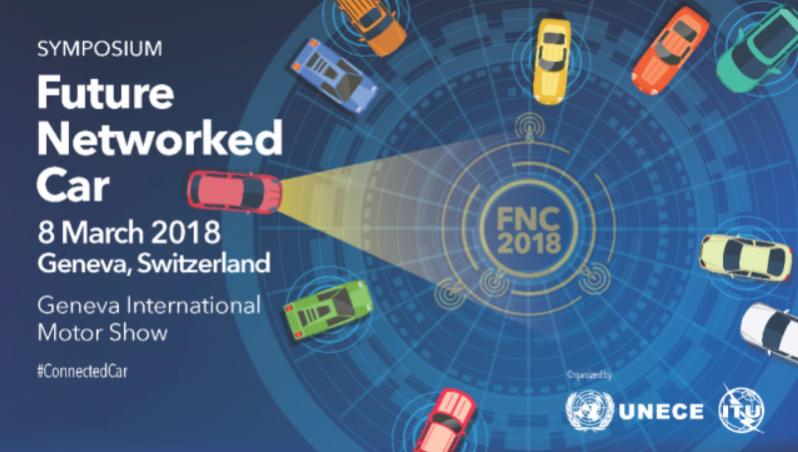
Jensen Huang Drops Donald Trump Truth Bomb on Joe Rogan Podcast